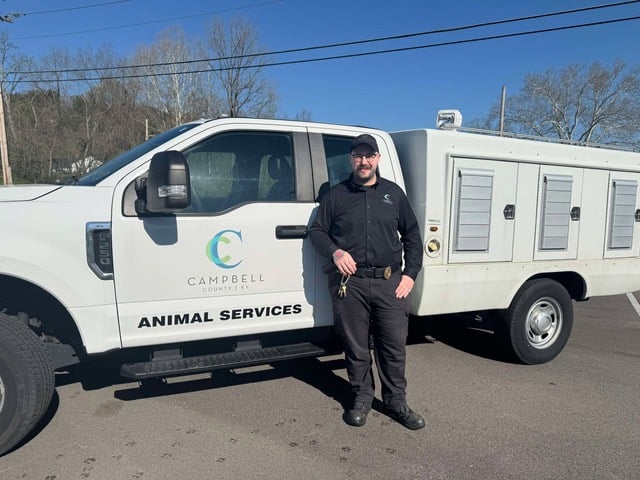In my conversations with local farmers over the past two or three weeks, a familiar pattern has emerged. Quietly optimistic that we somehow have dodged the worst of winter they are cautious about the ramifications of that phenomenon.
Just what does it mean for the grower that we have not had a major snowfall this season, that up until today we’ve had no major rain? Where are the freezing temperatures to harden the ground and kill the growth cycle of ravenous insects? While the rest of us bask in 70 degree weather the farmer looks over his shoulder and ponders.
But yet they plan as well. High tunnel tomatoes, sprigs of new peas and greens, herb sets that may or may not see the summer’s ratatouille. The connection that most farmers have with their land extends to them a modicum of trust, but it is a fickle thing to grow for a living and a winter like this only deepens the feeling that this can’t be happening (but I’m going to run with it anyway…).
For the local chef the feeling is much less ominous yet carries a different weight of its own. While we are still consumed with roasted root vegetables and braised pork our menu radar is prickling a bit more strongly than usual this time of year. We see the potential of early spring crops popping up on our menus weeks before they should. Will the asparagus be early? Will we lose the salad greens before we normally do because of the accelerated weather? I want to put spring greens on my salads for the spring menu, sounds simple huh? You won’t get a farmer to commit, they’re just too pragmatic, but the dreamer chefs want it!
I’m already transitioning The Sage Rabbit’s menu towards broth based pastas and away from cream in general. Most of that movement is based on potential not fact so we need to slow up a bit. That’s the beauty of a seasonal menu, I can stop and start on a dime, take in what’s available and adjust when the temperatures soar into the 70’s and drop back down to what they should be on the 1st of March.
I look to continue greens cooking, some roast instead of braise on the meats, and lighter sauces for the fish. Herbs are already up so consider a chimichurri to finish a ribeye cooked on your outdoor grill. Opt for olive oil in some dishes, saving the cream and butter for other elements in the meal. It’s not too early to think about the farmers market; a compressed version has been going all winter long. The farmers there are happy to plan the spring with you, just beware that Mother Nature may still have other plans.

Mostly what you will cook in the spring will revolve around greens, onions, some second harvest of root vegetables and herbs. This is soup weather when a stock pot of broth and vegetables can become a full-fledged meal with the late addition of pasta, rice or the last of the root cellar potatoes. If you need to use tomatoes and you have none of your local frozen left choose a good canned product over the “fresh tomato” at your local store.
I have heard of some local tomatoes grown in high tunnels, but as usual this time of year that is more likely wishful thinking. Make sure you follow the basics of soup-making; building your base with proper aromatics and the cooking methods to match them. Some recipes will sauté, where others will sweat. You may build the body of the soup within the first few minutes of cooking by adding flour to the cooking fat (sanger) and then adding warm stock or broth.
You could add the roux later, or dispense with flour altogether and use the starch or puree from your main ingredients (potato, parsnip, carrot etc.) to thicken the soup. The stock pot or crock pot becomes your friend for a long slow simmer of ingredients in a controlled environment is the best recipe for a soul warming soup.
If possible make the soup a day in advance so that you blend the flavors more fully and all of the thickening agents have had time to do their work. Don’t hesitate to expand your choices away from the tried and true and work with cuisines that may not be familiar. Caribbean pepper pot soups and callaloos, eastern European borscht, caldo verde which has been mentioned a time or two in this column all utilize ingredients that are available locally when the weather and the temperature waver between winter and spring.
Caribbean Callaloo
12 green onions diced
6 cloves of garlic mashed
4 serrano peppers, or 1 dried habanero chopped
6 stems fresh thyme
Cleaned and chopped greens of your choice water or stock to cover
Fresh lime juice to finish with salt and pepperMake a mixture of the onion, garlic chilies and some canola or olive oil. Let those ingredients sweat for up to 20 minutes without browning them and then add your greens. This mix is the sofrito, common in most soups. Once they have wilted add the water to stock to cover and bring to a simmer. During the course of cooking you may need to add more liquid, again just to cover.
When the greens are soft and tender add your seasoning and finish with the lime juice. You want a hearty soup that is mostly greens with a kick and a full flavor of the sofrito. If you want to add meat or seafood to the soup you can start by adding salt pork to the sofrito or finishing the soup with fresh crab or rock shrimp.
Roasted parsnip puree
This is an example of a puree soup that uses no thickening agent other than the vegetable itself.
1 cup chopped leeks
3 cups of peeled chopped parsnips
2 Tbl. whole butter
1 tsp. each of chopped tarragon, parsley and thymeHeavily brown the leeks and parsnips in the whole butter until you get even caramelization. Add stock or water until just covered and bring to a simmer. Simmer until the parsnips are falling apart, add the herbs and remove from heat. Puree in the blender or robo coupe until the mixture is smooth. Add just enough warm cream to enrich the texture and flavor, season with salt and pepper.
John Foster is an executive chef who heads the culinary program at Sullivan University’s Lexington campus. A New York native, Foster has been active in the Lexington culinary scene and a promoter of local and seasonal foods for more than 20 years. The French Culinary Institute-trained chef has been the executive chef of his former restaurant, Harvest, and now his Chevy Chase eatery, The Sage Rabbit, in Lexington.























